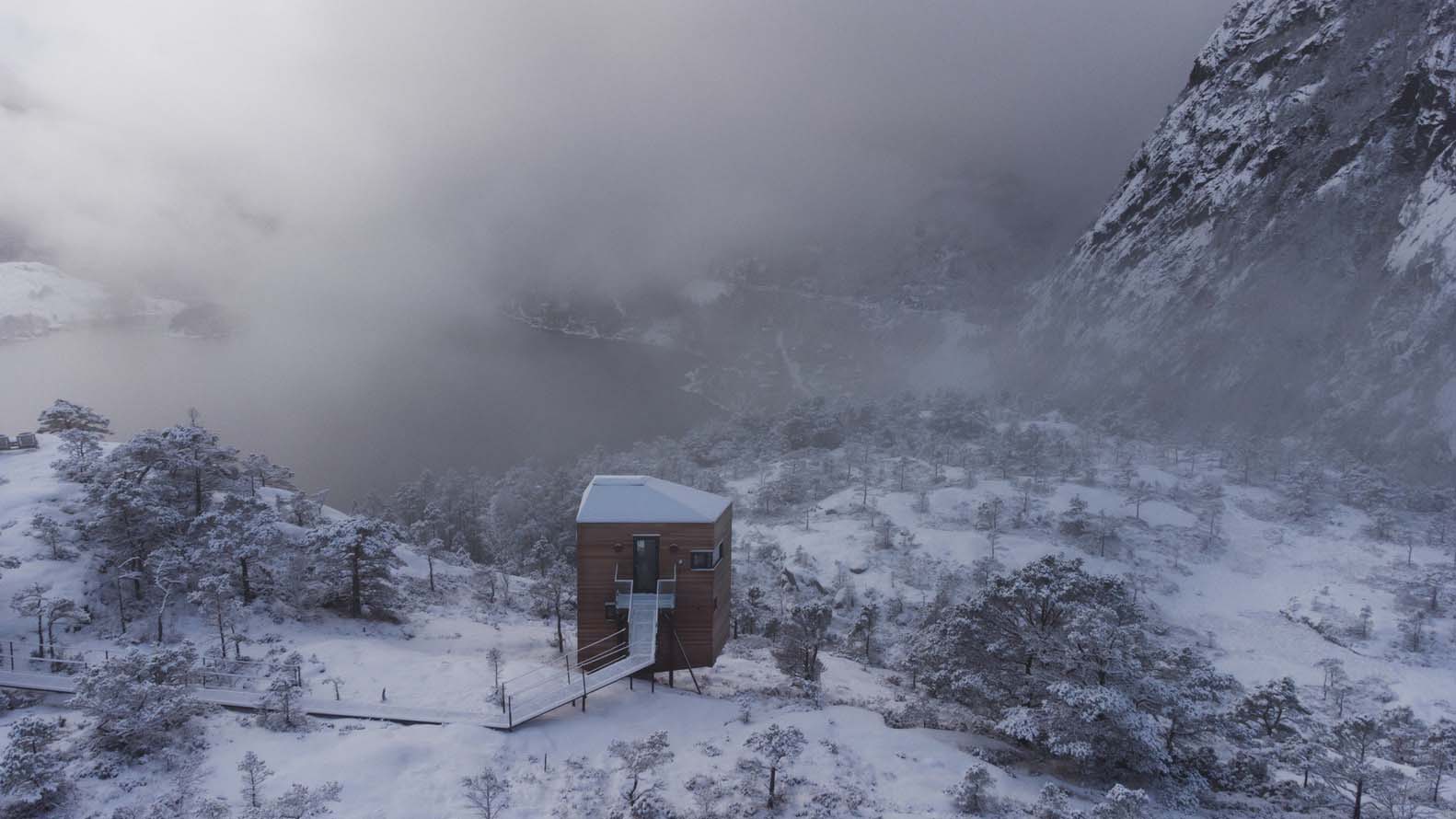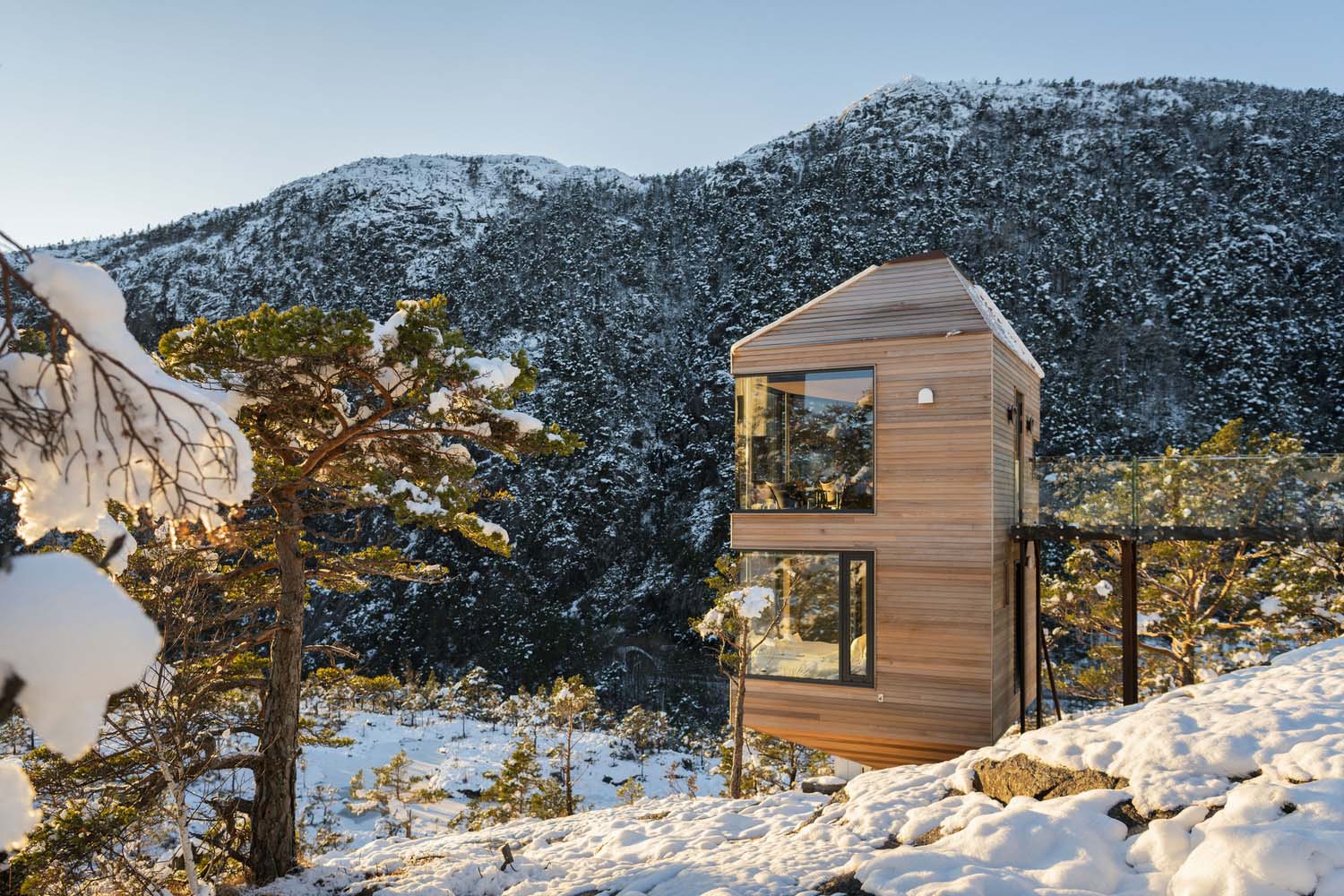
Starting an insulation business can be a great way to make money while helping people save energy and reduce their utility bills. There are some essential requirements that need to be taken into account before beginning this venture, such as understanding the insulating materials used, having proper certifications, and receiving the right training.
CONSTRUCTION
This article will discuss what you need to start the business of your choice, particularly insulation. By the end, readers should have an understanding of the necessary steps to get their own insulation business started.

Insulating Materials
The first requirement is understanding the different insulating materials and knowing how they work. There are a variety of insulating materials that can be used depending on the type of building, such as cellulose, mineral wool, or spray foam. Each material has its own benefits and can be used in different areas of the building to achieve optimal insulation.
1. Cellulose
It is a type of insulation material made from recycled paper fibers, which are treated with fire retardants to make them resistant to ignition. It has great soundproofing properties and can be used in walls, ceilings, attics, and other areas of the home or building.
Cellulose works well at blocking both heat and cold, making it a great insulating material for both summer and winter. It is also much easier to install than other forms, making it ideal for DIY projects.
However, it can be prone to settling over time, resulting in poor performance. Additionally, cellulose can be challenging to install in awkward areas, such as corners and around pipes.
2. Mineral Wool
It is another type of insulation material made from basalt or other rock materials that are melted down and spun into fibbers or mats. It is often used as an insulator for walls, ceilings, and attics to improve energy efficiency.
Mineral wool is fire-resistant and does not settle over time, making it a great option for long-term insulation. It can also be easily cut and shaped, making it a great choice for fitting into awkward spaces.
However, mineral wool can be more expensive than traditional materials and is known to be difficult to install. Additionally, it is not as effective at blocking sound as other forms of insulation.
3. Spray Foam
This is a type of material that is sprayed directly onto walls, ceilings, and other areas of the home or building. It forms a tight seal around openings and cracks to prevent air leakage and improve energy efficiency.
It is one of the most effective types of insulation when it comes to blocking both heat and cold. Additionally, it can be used in hard-to-reach areas such as around pipes and corners without requiring any additional cutting or shaping.
Unfortunately, spray foam is one of the most expensive forms and requires professional installation to ensure proper application. Additionally, it has been known to release harmful chemicals into the atmosphere if not applied properly.

Certifications
In addition to understanding the different forms of insulation materials, it is also important to receive the right certifications to start a successful business.
Here is a step-by-step guide to obtaining the proper certifications:
Step 1: Start by researching the requirements for insulation installation in your local area. Each state and municipality may have different laws and regulations that must be followed, so make sure to check with the proper authorities before beginning.
Step 2: Once you have an understanding of the required certifications, find a reliable source where you can obtain the necessary training. Many states offer certification courses through local community colleges or other institutions.
Step 3: Once you have completed your certification course, apply for a business license to legally operate your insulation business in your state or municipality. Make sure to double-check all the paperwork and keep copies of everything for reference.
Step 4: If you plan on working as an independent contractor, you may need additional certifications, such as a general contractor’s license. Check with your local governing body to make sure you have all the necessary paperwork.
Step 5: Once all the paperwork is in order, it is time to start advertising your business and gaining customers. Make sure to communicate the certifications you have received in your marketing materials and always practice safe, professional installation techniques.
If you’re looking to take your insulation business to the next level, check out iFOAM. They provide access to a comprehensive suite of insulation solutions and services that can help you grow your business quickly and efficiently. With the right certifications, you can have the confidence to start offering a variety of services.

Pieces of training
Once you have the right certifications, it’s time to start learning the proper techniques required for installing one. Here are some tips to keep in mind when training for insulation installation:
Tip 1: Follow Safety Protocols
Safety is always the priority when it comes to working with insulation materials. Make sure to wear protective clothing and safety equipment, follow all safety protocols, and properly dispose of any waste or debris generated from the installation process.
Tip 2: Learn Proper Installation Techniques
Proper installation techniques are essential for achieving maximum performance from your materials. Make sure to learn the correct way to measure, cut, and install each type of insulation product.
Tip 3: Understand Building Codes
Make sure you understand all local building codes and regulations before beginning any installation job, as failure to adhere to these rules can result in costly fines or punitive damages.
Tip 4: Use the Right Tools
Using the wrong tools can lead to improper installation and decreased performance. Make sure you have the right tools on hand for each job and that they are in good working order before beginning.
Tip 5: Develop a System
As you gain experience, try to develop a system for each job. This will help ensure that all steps are completed correctly and in the proper order, which can save time and money in the long run.
Conclusion
Starting an insulation business is an important trade skill that requires proper certifications, training, and safety protocols. By following the tips listed above and working closely with professionals, you can gain the experience necessary to ensure your insulation business is successful. With the right certifications and training in place, you will be well on your way to becoming a top insulation installation contractor. Good luck!
All images by photographer © Elin Engelsvoll featuring The Bolder – The Bolder Cabins by Snøhetta



